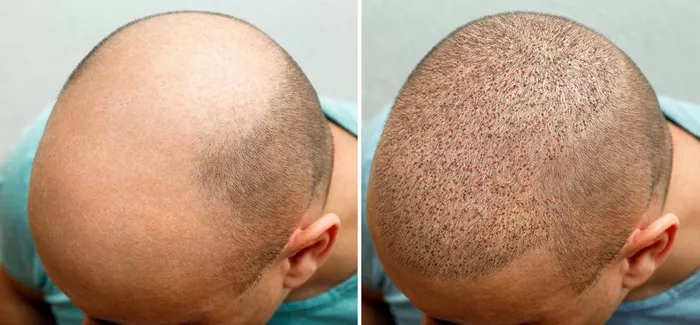Hair transplants have become a widely popular solution for those experiencing hair loss due to genetics, aging, or medical conditions. However, a common question among people considering this procedure is, “How much time does a hair transplant take?” The answer to this question varies, as the duration depends on several factors, including the type of hair transplant method used, the size of the area being treated, the experience of the surgeon, and the individual patient’s condition. In this comprehensive article, we will discuss the time involved in a hair transplant procedure, breaking it down into stages, preparation time, recovery time, and factors that influence the duration.
What Is a Hair Transplant?
Before delving into how long a hair transplant takes, it’s important to understand what a hair transplant is. A hair transplant is a medical procedure where hair follicles are moved from one part of the body (usually the back or sides of the scalp, known as the donor area) to areas where hair is thinning or absent (the recipient area).
This method helps restore hair density and is commonly used to treat male pattern baldness, female hair thinning, and hair loss caused by injuries or medical conditions such as alopecia areata.
There are two main types of hair transplant techniques:
- Follicular Unit Transplantation (FUT)
- Follicular Unit Extraction (FUE)
Each method has its own time requirements, and we will explore these in detail in the sections below.
Factors Affecting Hair Transplant Duration
The time it takes for a hair transplant procedure to be completed depends on several key factors. Understanding these can help manage expectations regarding the procedure’s timeline.
Size of the Area to Be Treated
The amount of hair that needs to be transplanted plays a major role in determining the time required. If you’re only looking to fill a small area, the procedure will likely take less time than a full scalp restoration.
Method of Hair Transplant
As mentioned, the two most common hair transplant methods are FUT and FUE. Each of these methods has a different timeline:
FUT (Follicular Unit Transplantation): In FUT, a strip of scalp is removed from the donor area, and the hair follicles are dissected under a microscope before being transplanted. This method typically takes longer due to the need for careful dissection and suturing.
FUE (Follicular Unit Extraction): FUE involves extracting individual hair follicles one by one using a micro-punch tool. Though FUE can be more time-consuming because it requires extracting each follicle individually, it tends to be less invasive than FUT, with no need for a large incision.
Number of Grafts
The number of hair grafts needed to achieve a satisfactory result is another major determinant of time. On average, a hair transplant can involve anywhere from 1,000 to 5,000 grafts, depending on the extent of hair loss and the density of the transplanted area.
Surgeon Experience and Technology
Experienced surgeons who are skilled in the chosen hair transplant technique can typically perform the procedure more efficiently, thus reducing the overall time required. Additionally, modern technology such as robotic hair transplants may help speed up the process in certain cases.
Patient’s Scalp Condition
A patient’s scalp condition and hair characteristics, such as thickness and texture, can also impact the duration. Patients with dense hair and healthy skin may undergo faster transplants compared to individuals with thin hair or delicate skin.


